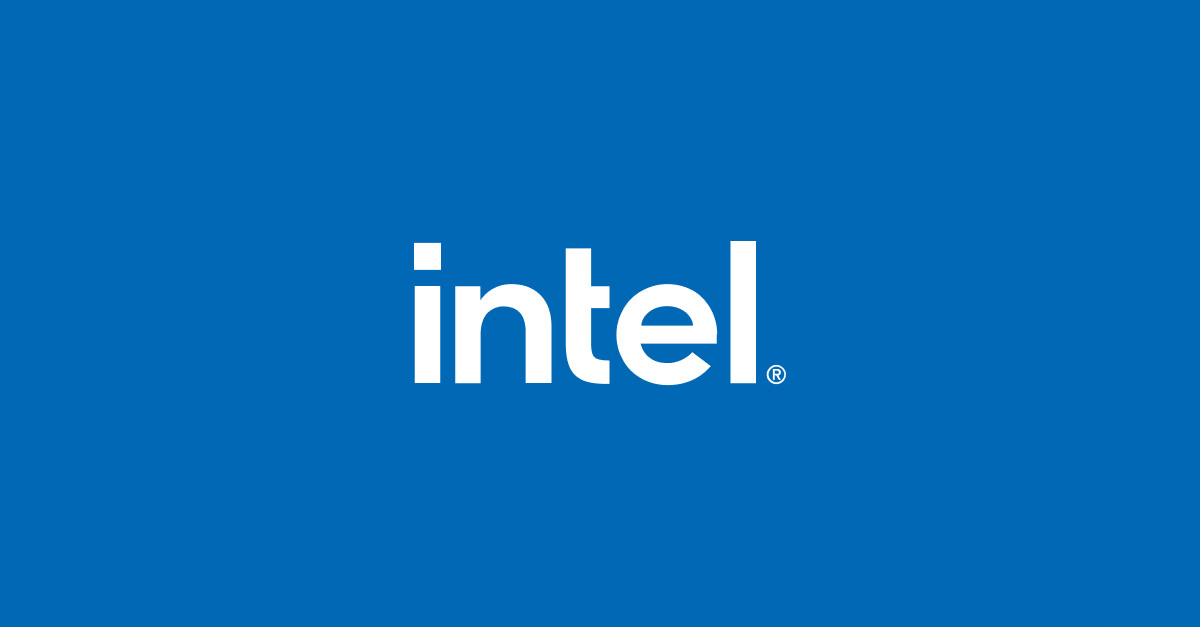
www.intc.com
Just read it. I think it's excellent. He seems to really understand the current situation and just what needs to be done.
A few interesting extracts:
We need to get back to our roots and empower our engineers. That’s why I elevated our core engineering functions to the ET. And many of the changes we will be driving are designed to make engineers more productive by removing burdensome workflows and processes that slow down the pace of innovation.
As we refocus on engineering, we will also remove organizational complexity. Many teams are eight or more layers deep, which creates unnecessary bureaucracy that slows us down.
I’ve been surprised to learn that, in recent years, the most important KPI for many managers at Intel has been the size of their teams. Going forward, this will not be the case. I’m a big believer in the philosophy that the best leaders get the most done with the fewest people.
There is no way around the fact that these critical changes will reduce the size of our workforce.
It has been eye-opening for me to see how much time and energy is spent on internal administrative work that does not move our business forward. We need to radically simplify this to maximize the time spent focusing on our customers.
Our existing policy is that our hybrid employees should spend approximately three days per week on site. Adherence to this policy has been uneven at best. I strongly believe that our sites need to be vibrant hubs of collaboration that reflect our culture in action.
... With that in mind, we will be updating our policy to require four days per week on site by Sept. 1.

